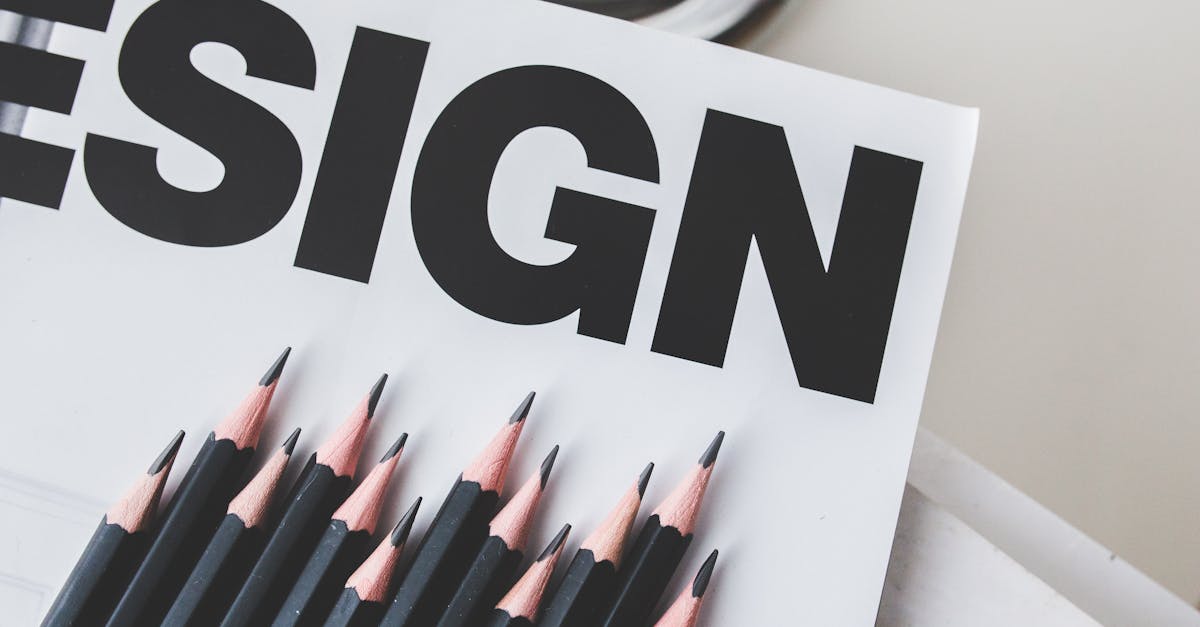Typography isn’t just about picking a pretty font — it’s a strategic branding tool.
The typefaces you choose influence how people feel about your brand. They affect readability, tone, and even trust. For small businesses, consistent and intentional typography can be the difference between “amateur” and “professional.”
Why Typography Matters
Typography gives your brand a voice — even before someone reads a single word.
Think of the difference between:
- A law firm using a bold serif typeface.
- A fashion label using thin, elegant all-caps.
- A kids’ toy brand using playful rounded fonts.
Each sends a distinct message.
Learn more about typography and branding from Adobe.
Types of Fonts and Their Vibes
Here’s a breakdown of common font styles and what they typically convey:
Serif Fonts
Traditional, trustworthy, professional.
- Examples: Times New Roman, Garamond, Georgia
- Great for: legal, editorial, finance, classic brands
Sans-Serif Fonts
Modern, clean, neutral.
- Examples: Helvetica, Open Sans, Montserrat
- Great for: startups, tech companies, clean design-focused brands
Script Fonts
Elegant, creative, personal.
- Examples: Pacifico, Great Vibes, Dancing Script
- Great for: boutique brands, lifestyle blogs, feminine products
Display Fonts
Bold, unique, attention-grabbing.
- Examples: Bebas Neue, Lobster, Anton
- Great for: headlines, posters, strong brand statements
Choosing the Right Fonts for Your Brand
When picking typography for your brand, consider:
- Your brand’s personality: Are you serious? Friendly? Elegant?
- Your audience: What kind of tone do they expect?
- Readability: Prioritize legibility across sizes and devices.
- Pairing fonts: Use 1–2 fonts maximum. Combine a headline font with a clean body text font.
Avoid using more than two fonts unless you know what you’re doing. Consistency beats variety.
Typography in Action
Typography should work with your layout and content, not against it.
Use consistent font sizes, weights, and spacing across:
- Website headers and paragraphs
- Social media graphics
- Business cards and brochures
Even your email signature can contribute to your brand typography system.
Tools & Resources
- Google Fonts — free, high-quality web fonts
- Font Pair — great for choosing font combinations
- Typewolf — curated font inspiration and guides
Final Thought
Typography builds subtle trust. When thoughtfully chosen and applied, it supports your message, enhances your design, and reinforces your identity.
At 99HomeStudio, we help small businesses choose and apply typography that truly fits their message.



